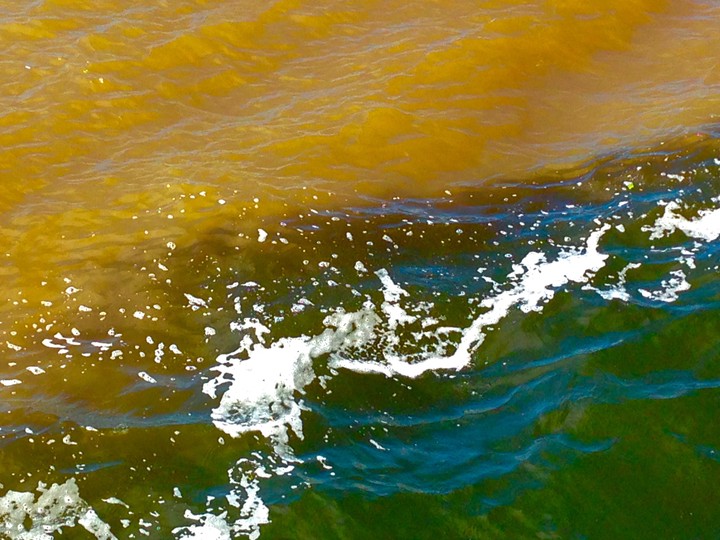Editorial: The Role of Priming in Terrestrial and Aquatic Ecosystems

Abstract
The majority of organic matter (OM) in Earth’s biosphere is synthesized from atmospheric carbon dioxide (CO2) by primary producers (e.g., largely algae). The fate of this OM—i.e., how long it persists in the environment before being recycled back to atmospheric CO2 by heterotrophic microbes (e.g., bacteria, archaea, and fungi) and animals—is highly variable, and largely dependent on the diversity of environmental conditions it is exposed to both at its origin and during transport to distant locations. This dynamic cycling of carbon, energy, and matter between the atmosphere and biosphere occurs within and across all types of terrestrial and aquatic ecosystems. While the underlying biological functions and chemical reactions related to carbon fixation and decomposition are generally common across ecosystems, the disciplines of terrestrial and aquatic biogeochemistry have historically pursued this topic along separate paths with differing strengths and weaknesses. Although this continues today, several focus areas have recently brought more cross-fertilization between these disciplines. One such focus area where terrestrial and aquatic communities have begun converging is the study of interactive effects on OM decomposition that occur when OM of different origins and chemical composition mix. This line of research has embraced the necessity to consider reactivity within the context of the past history and present state of OM in all of its highly diverse forms.